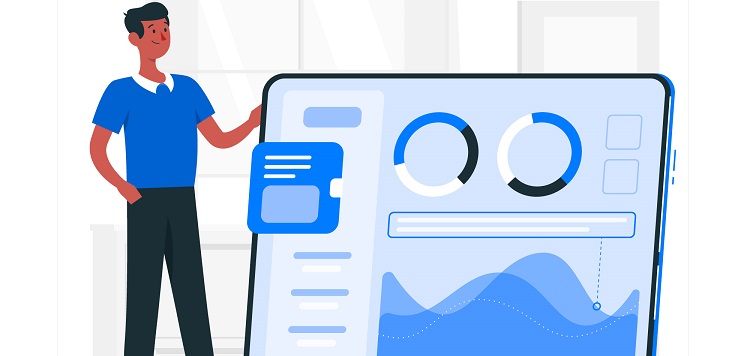First and foremost, collecting and analyzing customer data is an integral part of modern digital organizations. The rise of the customer data platform (CDP) has brought enormous benefits to businesses of all sizes, providing greater insight into customer behavior, preferences, and needs. However, while the CDP has the potential to be a game-changer, many companies still struggle with its implementation. In today’s data-driven business environment, it is crucial that organizations take a closer look at the benefits of using a composable CDP to manage and utilize customer data more effectively.
The Importance of First-Party Customer Data
First-party customer data is one of the most valuable assets for a modern digital organization. This data is collected directly from customers through interactions, such as online purchases, social media engagement, or chatbot interactions. Businesses can use this data to better understand their customers and create more targeted and personalized marketing campaigns. Furthermore, first-party data is preferred over third-party data because it is more reliable, accurate, and trustworthy.
Challenges with CDP Implementation
Many businesses find it challenging to implement a CDP effectively, which ultimately prevents them from getting the full return on their investment. There are several factors responsible for these implementation challenges, such as data silos, legacy systems, lack of expertise, or insufficient resources. Overcoming these obstacles requires organizations to approach the CDP implementation process differently.
The problem with treating CDP as a standalone solution
One of the root causes of the implementation challenges associated with CDPs is the tendency to treat them as a standalone solution. Organizations often deploy a CDP off to the side of their data and tech stack, which leads to issues with scalability, data governance, and data quality. It is crucial to integrate a CDP into the entire tech stack to ensure its comprehensive coverage.
Composable CDP Definition
A composable CDP consists of the same components as a traditional CDP but is “composed” using the best-in-class product for each component. It connects various software components through open standards such as APIs, which enables businesses to create a more flexible and adaptable system that can quickly meet evolving customer needs.
Benefits of a Composable CDP over a Traditional CDP
By harnessing the power of best-in-class tools to create a composable CDP, there are several key benefits over a traditional CDP:
1. Better Data Governance: By taking ownership and having full control of your customer data, you can ensure its consistency across the entire organization. Better data governance reduces the risk of data breaches and ensures that all compliance requirements are met.
2. Better Results with Better Data Quality: Relying on a consistent source of well-structured, reliable, accurate, explainable, and compliant behavioral data allows organizations to achieve better outcomes, such as higher conversion rates and increased customer engagement.
3. Future-proof Design: Composable CDPs are future-proof by design. This integrated approach allows businesses to be more flexible and adaptable to changing business needs and customer behavior.
4. Single Source of Truth for the Composable CDP: The lakehouse model ensures that data is stored in a single location, enabling all teams to access the same comprehensive customer profiles and insights from across the business.
A composable CDP provides a more scalable and adaptable customer data management solution for modern businesses. This approach allows organizations to better manage customer data governance, improve data quality, and create a more future-proof infrastructure. By integrating best-in-class tools, businesses can effectively utilize their customer data and improve customer engagement to drive business growth.

